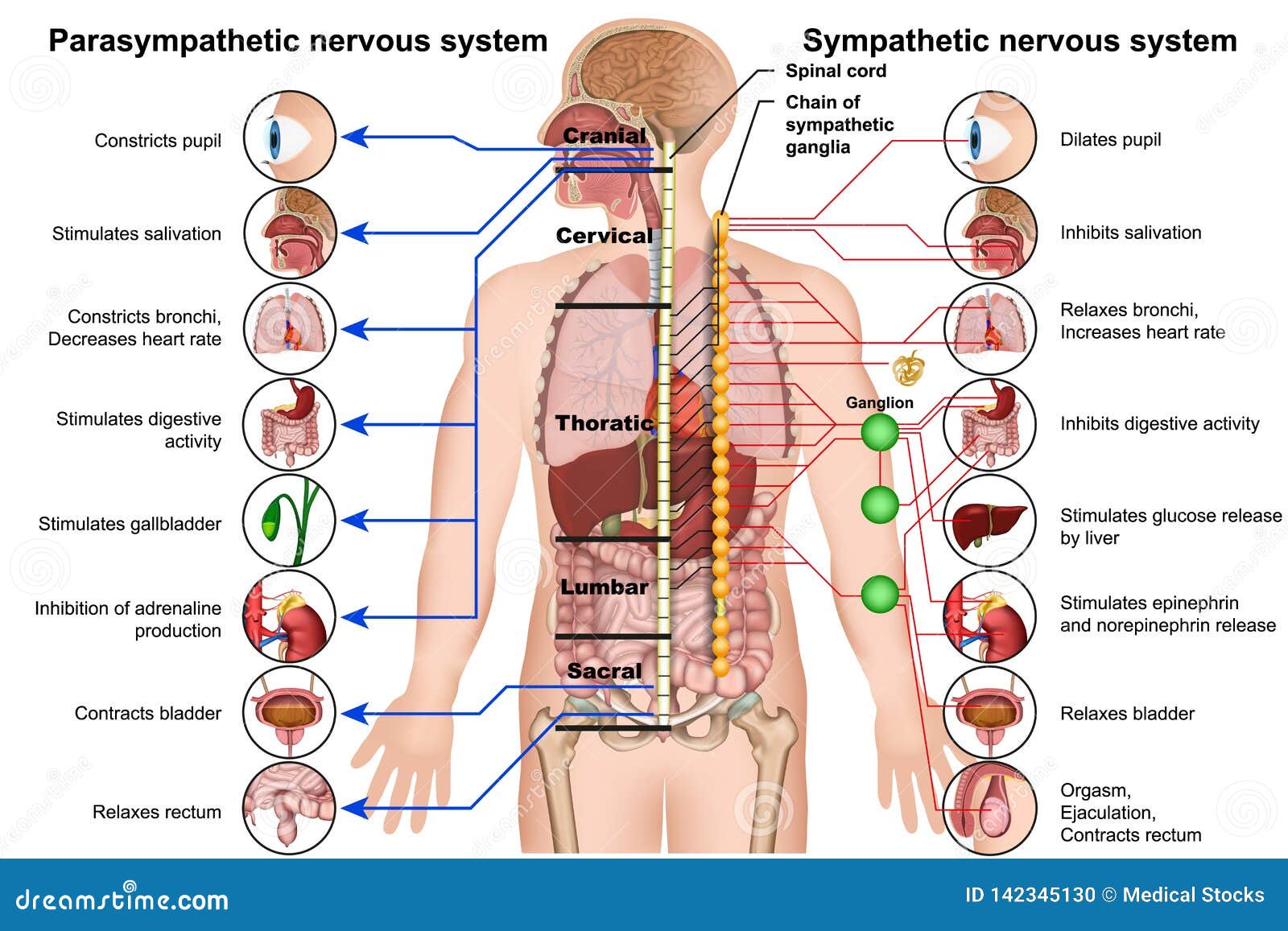Taste Aversion
Taste aversion is a learned response to eating food or drinking a drink that makes us become sick. In psychology, taste aversion was tested on animals to control predators. Wolves started to become scared of sheep rather than hunting for them because of what was put on them. Psychologists put poison on the sheep to see the effects it had on the wolves. When the wolves hunted down for the sheep and tried eating them, they became sick due to the poison that was on them. Due to this, the sheep now predicts that the wolves will get sick and so the wolves run away every time they see the sheep. Taste aversions are a great example of some of the fundamentals of classical conditioning when it comes to trying a food that makes us sick. The neutral stimulus (the food) is paired with an unconditioned stimulus (an illness), which leads to an unconditioned response (feeling sick). After this, the previously neutral stimulus (the food) is now a conditioned stimulus that elicits a conditioned response (avoiding the food).
A personal experience I have with taste aversion is the very first time I tried a bag of Cheetos. They were my brother’s favorite snack and he wanted me to try them. As gross as it is, immediately when I took the first bite I threw up. I did not like the taste of the Cheeto at all, and I did not want to eat anymore of it. To this day, I can never look at Cheetos the same. It grosses me out when I watch people eat them, and I can not bare the smell of them either. Whenever someone is eating them near me, I need to walk away and not look at them because it reminds me of when I tried them and threw up, and it starts to make me sick to my stomach again.
My experience relates to taste aversion because of the fundamentals that are apart of classical conditioning. The neutral stimulus is the Cheetos and the unconditioned stimulus is me throwing up and feeling sick afterwards. That then led the Cheetos from being a neutral stimulus to become a conditioned stimulus that elicits a conditioned response of me avoiding Cheetos every time I see them now. It is very interesting to see how psychology plays a role in our daily lives without us truly realizing it. I never knew that dreading the site and smell of a food after becoming sick from it is actually a topic that is studied and tested on. Psychology continues to amaze me everyday with how much it has to do with our lives.
References: Wede, J. (n.d.). Psychology.


:max_bytes(150000):strip_icc()/2795194-article-what-is-the-fight-or-flight-response-5a98601d8e1b6e0036df2951.png)